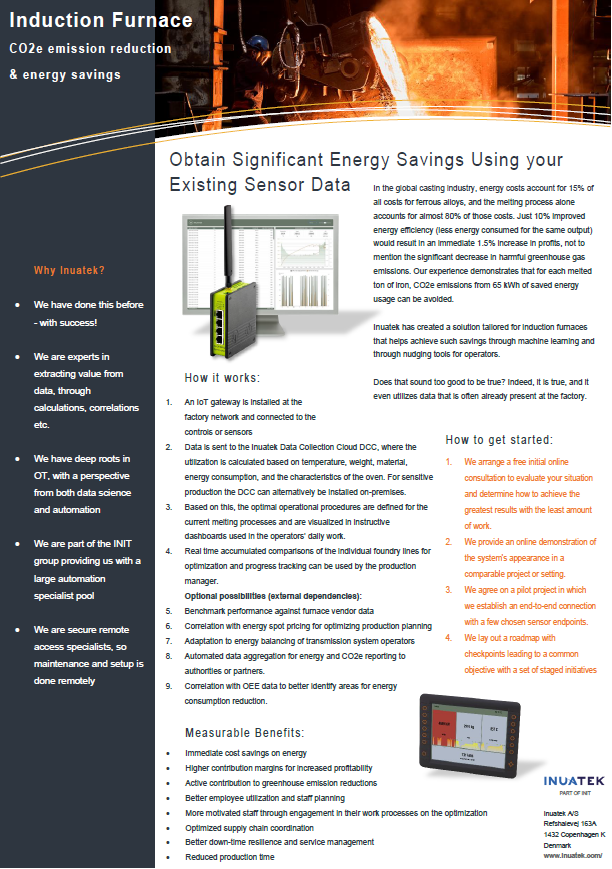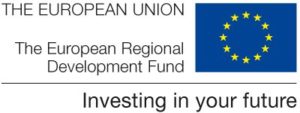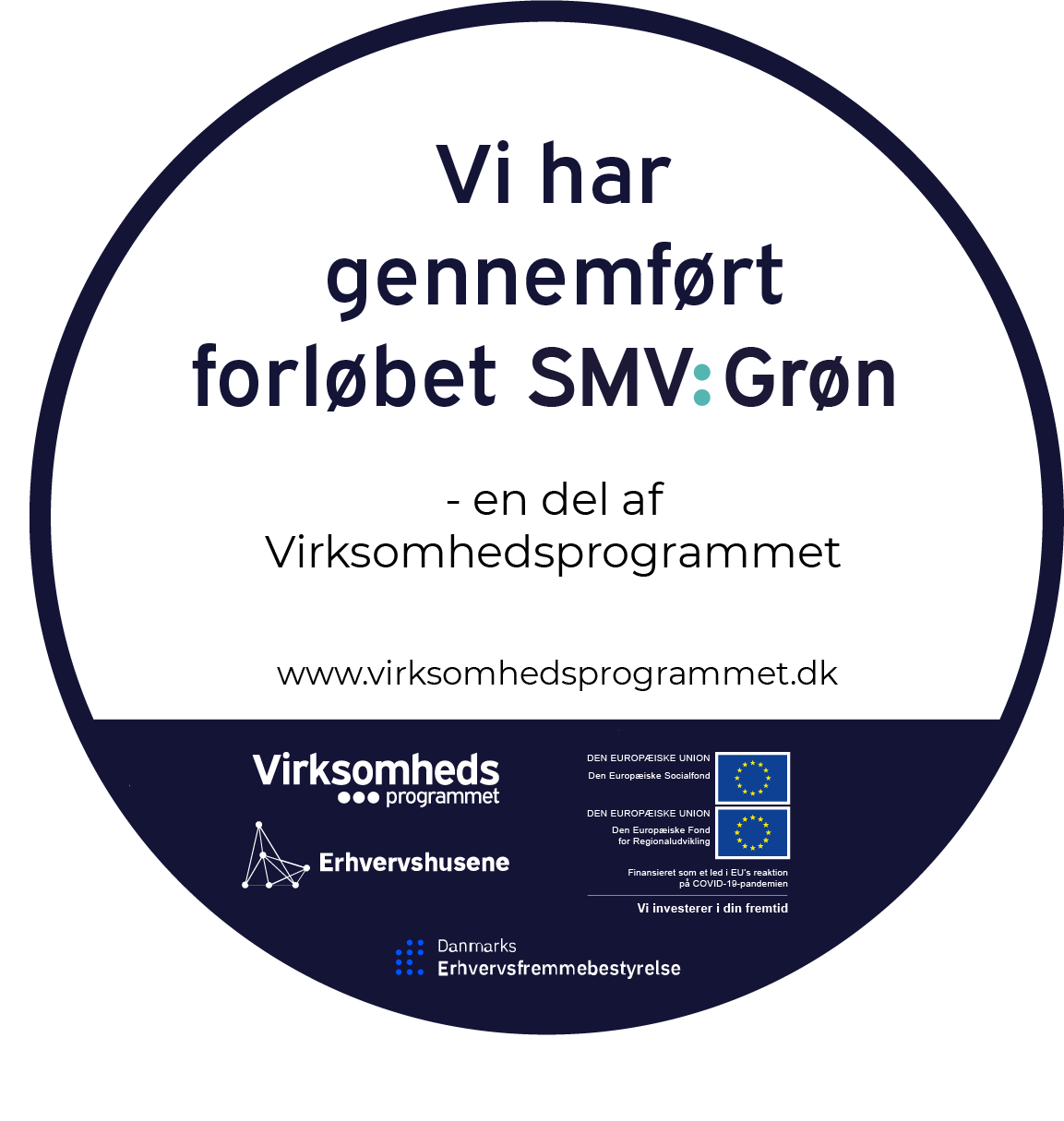Customer Story
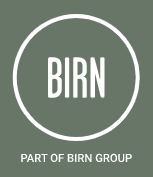
Data paves the way for lower energy use, a smaller environmental impact, and higher employee engagement at BIRN.
BIRN is one of Northern Europe's largest foundries, consuming enormous amounts of energy in the process of melting and forging various cast iron items. As a result of a collaborative innovation project completed in 2022 BIRN and Inuatek have worked together on leveraging manufacturing data to lower energy consumption, reduce carbon emissions, and to increase employee engagement.
The Starting Point
Energy efficiency has always been the main goal in the eyes of Lars Jørgensen, CTO at BIRN. Fundamentally, energy efficiency is - as the words indicate - all about getting the most from one’s energy consumption as possible.
“The advantages of emphasizing energy efficiency are numerous”, says Lars Jørgensen, adding that by using that as a compass, they can keep staff members concentrated on process improvement. “Focusing on energy efficiency allows us to get the most out of our efforts and investments, regardless of whether the cost of energy is high or low."
With a yearly energy consumption in excess of 100 GWh, there is some potential to work with at BIRN. “The major part of energy consumption comes from the melting processes”, says Lars Jørgensen. “From surveys conducted by our furnace manufacturer, we know that, under ideal conditions, approximately 560 kWh of energy is required to melt scrap metal into one metric ton of molten iron. This is a baseline we use to benchmark our performance after.”, Lars Jørgensen continues. Currently, BIRN uses approximately 640 kWh on average to melt scrap metal into one metric ton of molten iron.
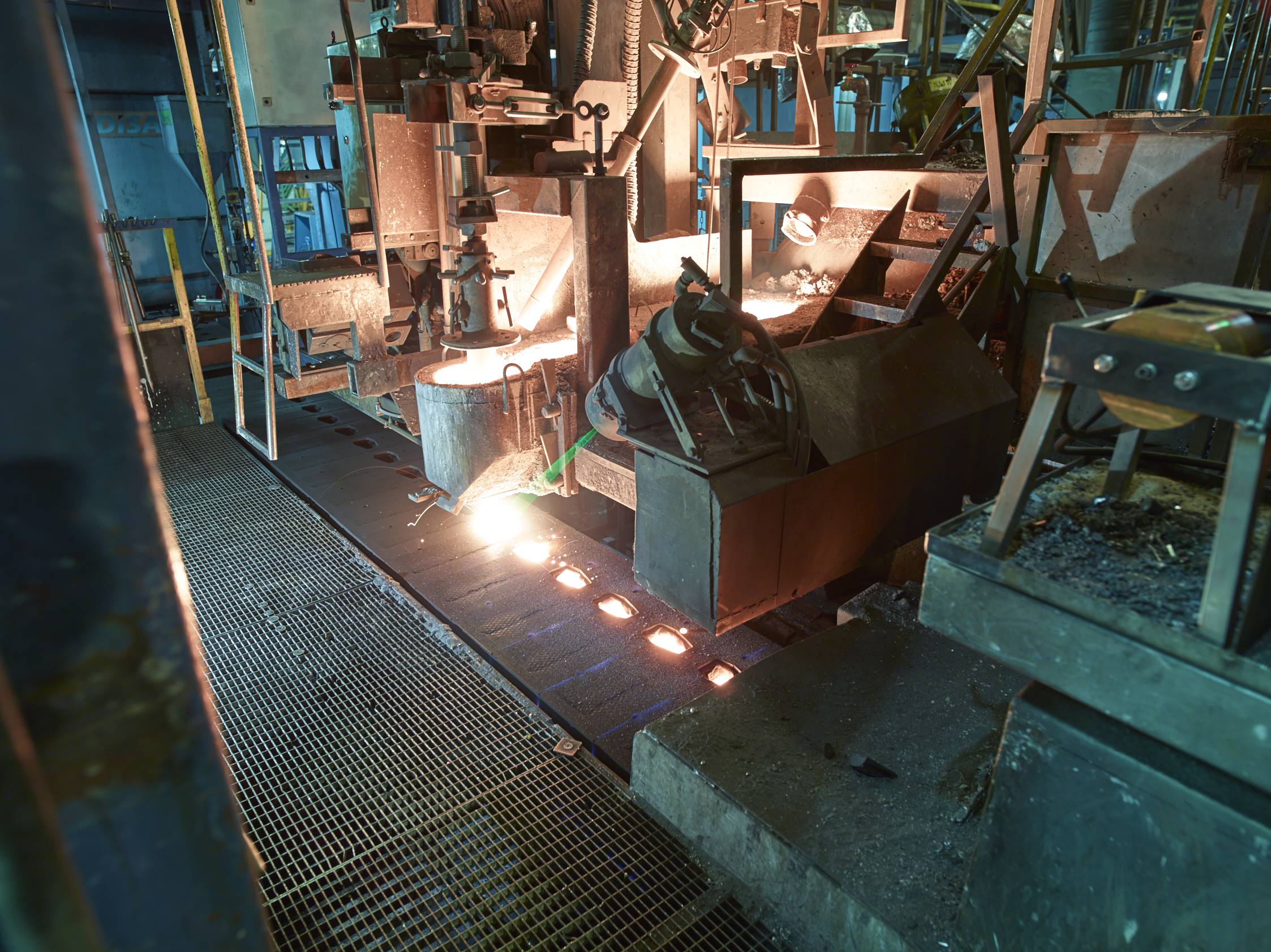
Targets
In late 2021, BIRN conducted some focused tests in an attempt to reduce the amount of energy required to produce a metric ton of molten iron. Through these tests, they were able to reduce their energy consumption to around 570 kWh per metric ton of molten iron produced.
"The small tests we conducted reassured us that there is a lot of potential for energy efficiency gains to be leveraged when compared to how we operate today," , says Lars Jørgensen.
"Another clear benefit of the increased energy efficiency focus is that as we use less energy per metric ton of molten iron, we emit less CO2e. It is critical to us that we actively contribute to reducing our company's carbon footprint," says Lars Jørgensen.
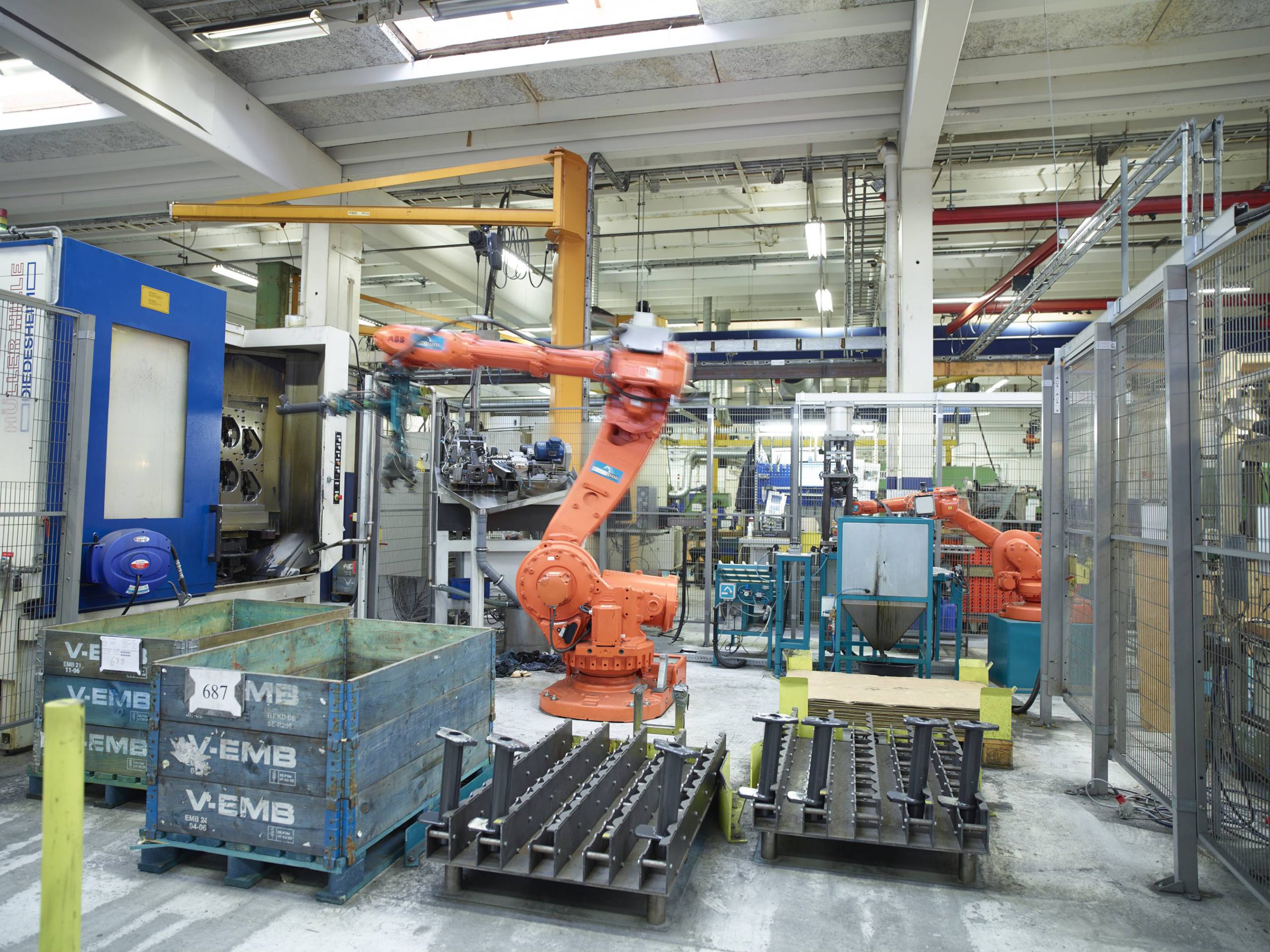
Challenges
Scrap metal is converted into molten iron in large induction furnaces at BIRN. The induction capability of the iron mass is not consistent throughout the melting process. For instance, the induction capabilities significantly decrease in certain temperature ranges, so it's crucial to closely monitor how the furnaces are operating. When operators are responsible for multiple furnaces dispersed across a physically large shop floor, it can be difficult to obtain updated insights.
“An ideal melting process, where the oven is emptied for the molten iron, is characterized by having a steadily increasing cumulative energy consumption from beginning to end,” Lars Jørgensen adds as he continues. "If the accumulated energy consumption curve has long 'flat periods', this indicates that the melting process was not ideal."
The Solution
The collaborative innovation project that BIRN completed with Inuatek and others resulted in a lot of learning. For example, it was discovered that there was a wide range in the energy efficiency of each melting process, and through machine learning, various clusters with various cause-and-effect relationships were revealed.
Inuatek and BIRN have continued to work on the issue and are currently doing so in two distinct, specialized tracks:
1 - Operator Insights:
It was evident that an operator tool was needed. Throughout the course of a workday, the operators must complete numerous tasks at various furnaces and melting processes. The amount of energy used in a melting process is greatly influenced by the operators. On a tablet installed in the operator's truck, which serves as an anchor point for their work, Inuatek developed an operator dashboard that contains few but extremely important pieces of information. The operators can now respond quickly when a melting process needs their attention, thanks to the real-time insights the dashboard provides.
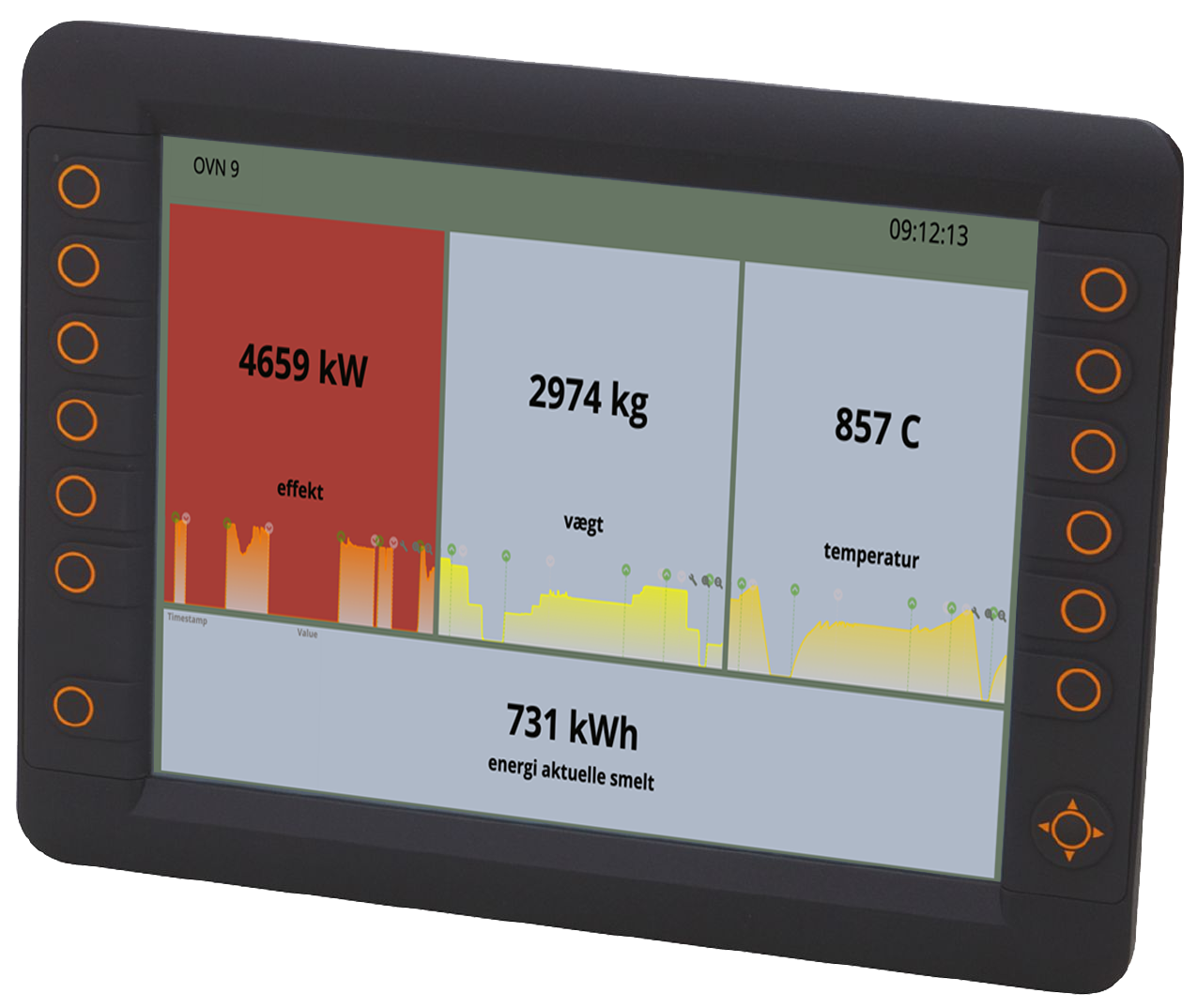
2 - Management Overview:
Inuatek has developed several different reports for the management at BIRN. One of the most important reports provides an overview of energy consumption in kWh per metric ton of molten iron, as well as an overview of how long the energy consumption flat periods have been. The reports can be aggregated, drilled into, and then variously sliced and diced so that management can get a broad picture and insights from a single report.
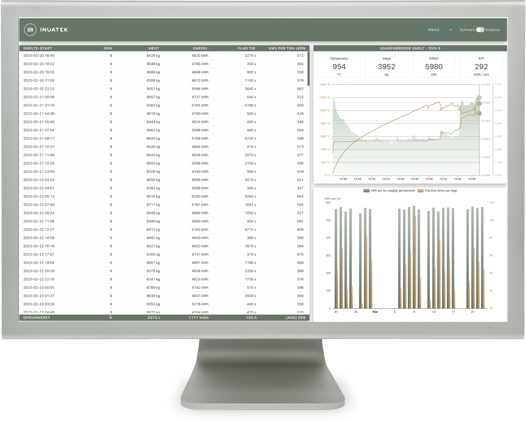
Learnings
Even with a trained eye, it can be challenging to find patterns in massive amounts of data with numerous different parameters. For the purpose of finding patterns in data, Inuatek employs machine learning tools. This knowledge is used to direct operators and management in their pursuit of energy efficiency in day-to-day operations.
The insights provided by data-driven services allow BIRN to validate and improve their standard operating procedures (SOPs) for the purpose of energy efficiency.
Depending on whether there are fewer people on a shift than usual or if there is one less furnace to operate than usual, there may be some variation in how the work should be carried out. Lars Jørgensen says, "Based on our learnings from historical experiences and with the real-time insights the operators have with the new tools, it is much easier for us to execute our work with energy efficiency in mind at any time, regardless of the working conditions." He adds, "If some of the normal working conditions change, it is much easier for us to guide operators as to how they should execute their work."
Next steps
Energy efficiency is a continuous process, and new possibilities arise constantly. The data-driven insights provide a common foundation for the entire BIRN organization to optimize work procedures.
"We see a lot of exciting opportunities ahead. Some initiatives concern energy efficiency, while others are complementary. For example, going forward, we will be able to incorporate energy prices and anticipated energy needs into the production planning processes thanks to our increased data focus and improved data quality”, says Lars Jørgensen. "Even though our change initiatives are based on us running a foundry," he concludes, "I am convinced that there are similar opportunities for other companies in other industries with data-driven insights and services."
View solution brochure